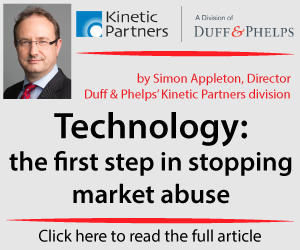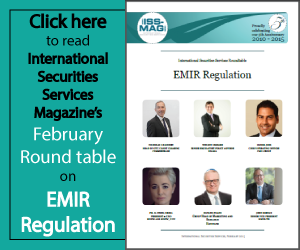Four of the world's biggest economies could grow by an additional $20 trillion by 2020 says BNY Mellon in a new white paper. The paper explores what might happen if four of the world’s largest economies - Japan, the USA, China and India - all started flourishing at the same time.
Under Shinzo Abe, Japan now has its most stable government in almost a decade and a central bank that has twice surprised the markets with its determination to defeat deflation, notes BNY Mellon. In America unemployment has dropped surprisingly quickly as firms have added jobs at the fastest pace since the dot-com boom.
China’s President, Xi Jinping, has consolidated power faster than his predecessor with his anti-corruption campaign and staked his personal authority on economic reform. And in India’s 2014 election, Narendra Modi won the first single-party majority in thirty years, promising to restore the country’s economic momentum.
“This is an unusual confluence of events,” says BNY Mellon investment strategist Simon Cox. “The United States is enjoying a durable recovery just as all three of Asia’s big powers boast secure, confident governments committed, at least in word, to economic reform. The region’s stars rarely fall into alignment in this way.”
This combination raises the possibility that all four of these giant economies might fulfill their economic potential at roughly the same time. This is the scenario BNY Mellon is exploring in a series of white papers this year. The scenario assumes that Japan’s growth revives to 2 percent a year on average for the remainder of this decade, America’s averages about 3 percent, China’s 7 percent and India’s 8 percent. “This scenario is optimistic, without being utopian,” Cox says. “It’s contrarian, without being crazy.”
If this scenario were to materialise, the consequences would be profound. China, America, India and Japan account for almost 45 percent of global GDP. They consume a similar proportion of global energy and contributed well over half of last year’s global economic growth. BNY Mellon calls them the G4.
BNY Mellon’s optimistic G4 scenario would add over $10 trillion to the four economies’ combined GDP by 2020.
According to an independent modelling exercise by the Economist Intelligence Unit, it would help add $8 trillion to the rest of the world’s GDP outside these four. This would be enough to restore a $100 oil price within three years and lift global food prices by over 40 percent from their level in March 2015. It would help the Nikkei 225 surpass 24,400, the Sensex exceed 45,000 and the S&P 500 reach 3,000 by the end of the decade.
According to Cox, recent economic weakness has left the G4 economies with substantial “slack”. Their GDP has fallen short of their potential, leaving them substantial room to grow without generating unwelcome inflationary pressure. The gap between America’s actual GDP and its potential GDP adds up to a cumulative $5.3 trillion over the past seven years, a waste of resources that is equivalent to shutting down the entire economy for three-and-a-half months.
For BNY Mellon’s G4 scenario to come true, the four economies would all have to perform better than the IMF and many other forecasters now expect. But in most cases, the G4 scenario is in keeping with what the IMF and others foresaw a few years ago. Forecasters have lowered their sights in the past few years in the belief that recent economic setbacks reflect a new trend. Cox believes this is “a little defeatist”. He prefers to view these four economies with undiminished expectations.
“Before the financial crisis, many people thought the rosy status quo would persist indefinitely. Now they’re assuming that the future must be as grey as the present. By taking on the glum consensus and exploring what could happen if the G4 all do well, we want to create a robust discussion that helps investors think through all of the potential scenarios for future growth,” says BNY Mellon Investment Management APAC CEO Alan Harden.
To foster that discussion, BNY Mellon will host a series of conferences across the Asia-Pacific region starting in Japan. These events will gather policy makers, economists and industry leaders to exchange views on the G4’s growth prospects. Steve Lackey, BNY Mellon APAC Chairman, notes: “The white papers are intended to be living documents that will reflect the ideas exchanged over the course of the year as we discuss the current challenges and future outlook for the four leading economies in the world.”


















